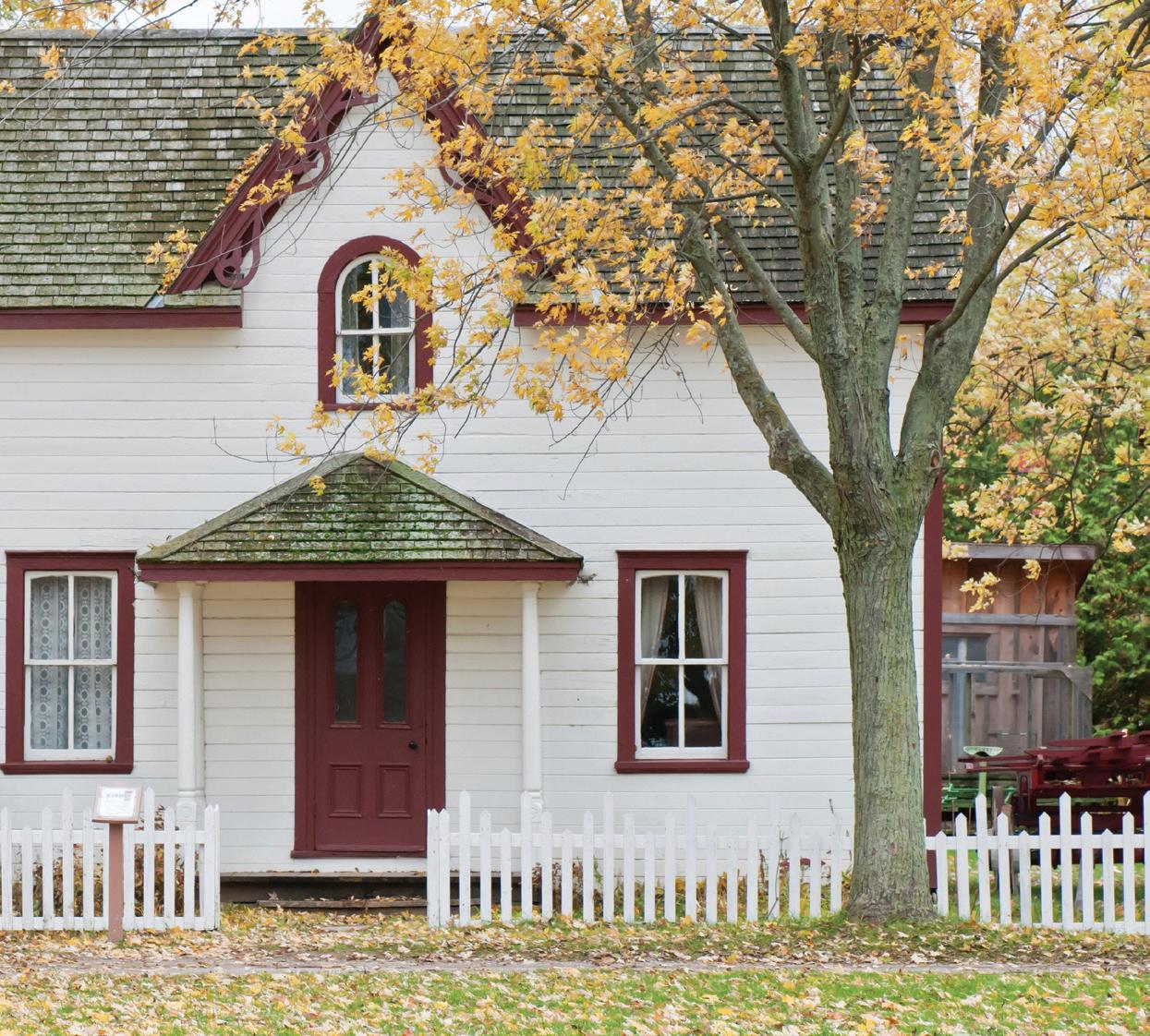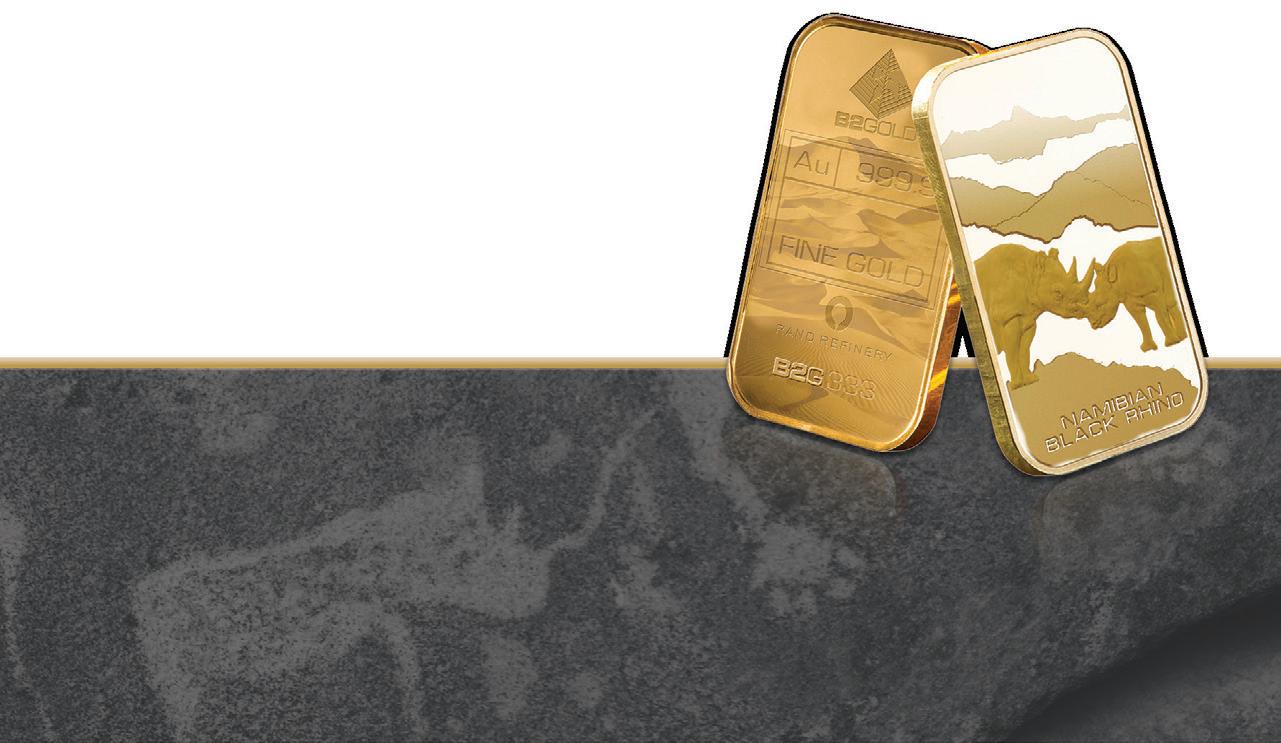
10 minute read
ECONOMIC PULSE
Do I Buy or do I Rent?
So, you don’t want to pay off someone else’s bond, right? Intuitively this thinking makes sense and it has been the reason for many people wanting to own a property. However, rental expense never goes away, even if you stay in the house you bought. “How can this be?”, you might ask. You first need to understand the two drivers of return when you invest in a property: (1) Capital return captures the price increase that you can expect over time; and (2) net rental income captures the rental income after deducting relevant expenses.
Luckily there are more than 100 years of data on property prices that can be examined to get an idea of capital returns. If you look at countries like South Africa, the UK, Germany, Spain, France and the US there is a strong correlation between the average price increases for property over the long term and the long-term average inflation rate of that country. In other words, if South Africa’s inflation averaged ±6% over ±100 years, then the average price increase for property was ±6%. If the longterm inflation rate in the US is ±2%, then the average price increase for property in the US is ±2%. What this means is that if you buy a property at fair value (in other words not for a bargain, and not overpaying) you can expect to get a long-term average price increase that matches inflation. Yes, asset classes do go through periods of booms and busts, but we are looking at the average return.
Net rental income is the income you can expect after deducting items such as maintenance, loss of income (due to vacancies or bad debt), levies (including taxes), and the marginal tax rate on income before tax.
Now that we understand the two drivers of return a little bit better, let’s revisit the concept of “rental expense never goes away”. Let’s assume you have the choice of either buying a house or renting that same house. If you decide to rent the house, you will be paying rent. If you decide to buy that house, you will be staying in it and forego rental income. You will not receive any rental income but you will still pay the levies, maintenance, etc. Hence, rental expenses never really go away. The driver of return, however, is capital growth after deducting relevant expenses.
Now that we have established that rent will always be an expense, we are getting closer to understanding when it is better to rent and when we should rather buy. Let’s assume that you are considering buying property by taking out a 20- year bond. This means that if you rent that same property, you have the opportunity to invest the difference between
the theoretical bond payment and the rental expense. If the property is trading at fair value, the alternative investment (should you decide to rent) must provide a return above the inflation-like capital return that you can expect on average (should you buy the property and stay in it). You might say, well in that case, there are many other investments that will at the very least match inflation and have a lower risk, e.g. money market accounts. It is not that straight forward, however. It depends on market conditions. If you are able to buy a property below fair value, the capital return over time should (all other things being equal) beat inflation and perhaps provide a very attractive return. On the other hand, if you overpay for the property, the return could be dire.
It might therefore be useful to look at a back-of-the-envelope calculation to get a better idea of fair value (FV):
• Assume an alternative investment provides a return of ± 10% per year. • Assume long-term inflation of ±6% in South Africa is similar in Namibia. • The simple formula of total return (% per year)
= capital appreciation (% per year) + net rental income (% per year), then becomes: 10% = 6% + net rental income, which means net rental income = 4%. • Net rental income (% per year) = net rental income figures per year divided by fair value. • Net rental income per year can be calculated fairly accurately, but make sure you use the average throughout the economic cycle’s figures (good, bad and average times). Let’s assume the figure is N$40k p.a. • Then, 4% = net rental income (N$40k p.a.) divided by FV, in other words FV = N$40k p.a. divided by 4% = N$1M.
The moment you pay more than N$1M in the above calculation, you would overpay for the property, compared to what the alternative investment can offer and vice versa.
It should be noted that if you break even with the alternative investment, you must still compare things like diversification, etc. between the two investments to correctly manage the risk.

There are other intangible benefits to rather buying a property, such as being able to change the place to your liking and not being uncertain about how long you can stay in a place.
Last, but not least, you can do all the calculations and the answer might indicate that it is better to rent, but if you don’t have the discipline to save (compared to the discipline of a bond payment debit order), you might be better off buying.
By René Olivier, CFA (MD, IJG Wealth Management)
René Olivier(CFA) is the Managing Director of Wealth Management at IJG, an established Namibian financial services market leader. IJG believes in tailoring their services to a client’s personal and business needs. For more information, visit www.ijg.net.
To sign up for the Economic Pulse newsletter, send an email to: daleen@venture.com.na www.namibiatradedirectory.com

THE RHINO GOLD BAR

| CREATIVE PHILANTHROPY FOR THE FUTURE OF OUR PLANET |

WHAT DIFFERENCE CAN 1000 OUNCES OF GOLD MAKE?
Through a ground-breaking donation of 1000 ounces of Namibian gold by B2Gold, organizations and individuals have the opportunity to contribute directly to the protection of the last free-roaming population of black rhinos left in the world by investing in a limited edition Namibian Rhino Gold Bar.

Proceeds from the sales will provide long-term sustainable funding for rhino conservation on communal land in Namibia, where a rhino-based economy is developing – supporting livelihoods and providing hope for the future to rural communities.
This initiative is administered by B2Gold and its Advisory Committee and supports the activities of Save the Rhino Trust Namibia, Integrated Rural Development and Nature Conservation, Conservancy Rhino Rangers and the Ministry of Environment and Tourism, for the benefit of black rhino conservation and communities in northwest Namibia.
These are graphic renderings and not the final product.
TO INVEST IN THE FUTURE | CONTACT rhino@b2gold.com |
B2Gold launches the Rhino Gold Bar project

A monumental initiative to help rural communities save a species
“W hat difference can 1000 ounces of gold make?” asked the booklet on our dinner table. A prospectus compiled by Canadian mining company B2Gold to introduce a new project. A project of colossal proportions. During the course of an evening, what I imagined would be another corporate grandstanding event morphed from project-launch-slash-donation-handover to a celebration of philanthropy on a level never before seen in southern Africa. An initiative not just spectacular in the enormousness of the monetary value of its contribution (a whopping N$25 million worth of gold), but also in the scale in which it will be implemented. Sustainably and with an ultimate focus on longevity. The N$25 million will represent the spot price of gold plus a 15% conservation premium. The prospectus answers its own question regarding the aid power of 1000 ounces: “At B2Gold, we believe it has the power to help rural communities in Namibia save a species.”
The species in question? Namibia’s unique and special population of desert-adapted black rhinoceros, Diceros bicornis bicornis. The communities? The local population and conservancies of Namibia’s Kunene Region who have been given the burden, and privilege, to safeguard the largest population of free-roaming black rhinos on earth. A monumental task, worthy of monumental support.
Gathered at Droombos just outside Windhoek on January 30th, a collection of Namibia’s most prominent business personalities, B2Gold executives (some coming from as far as Canada) and the shining stars in Namibia’s conservation fraternity gathered beneath canopies of camel thorn trees to clink glasses and later celebrate the largest single contribution to conservation Namibia has ever seen.
Launching the project, Save the Rhino Trust board member Ginger Mauney (who designed the original concept), B2Gold Namibia Country Manager Mark Dawe and B2Gold President Clive Johnson each addressed the gathered masses. Passion radiated from their every word and an infectious and exciting energy permeated the room. Applause was about as common as speakers pausing to take a breath between words.
So what are the 1000 ounces going to achieve, you may wonder? The gold, which was mined right here in Namibia and sponsored in full by B2Gold, will be minted into a limitededition collection of 1000 gold bars in varying sizes: 10 halfkilogram bars, 690 one-ounce bars and 300 half-ounce bars. It is the first time in history that gold has been minted and used for the sustainable protection of an endangered species, making these gold bars almost as rare and unique as our black rhinos. Perfect symmetry. By buying these gold bars, individuals around the world can secure an investment that has historically been more stable than any other commodity, and simultaneously contribute to one of the most critical biodiversity conservation initiatives globally.
Who will benefit from this? (Rhinos can’t do anything with gold!) Proceeds from the sale of the Rhino Gold Bar will be managed by an Advisory Committee established by B2Gold that will include representatives from Save the Rhino Trust Namibia (SRT), Integrated Rural Development and Nature Conservation (IRDNC), the Namibia Chamber of Environment (NCE) and the Namibian Ministry of Environment and Tourism. According to B2Gold “The funds will be used in two ways: A portion of the proceeds will be invested to provide long-term sustainable financing for black rhino conservation, while significant funding will be applied immediately to conservation actions in the field, including support for patrols, intelligence activities and to rural communities for whom the protection of rhinos is their birthright.”
That’s what it comes down to, isn’t it? Our communities, with invaluable support from NGOs such as SRT and IRDNC, are at the very core of conservation in Namibia. Our CommunityBased Natural Resource Management programme is the cornerstone of our celebrated success as a nation. As Dr Margaret Jacobsohn, esteemed Namibian conservationist, said at the event: “Individuals can make a difference, but only communities can change the world.”
“Creative philanthropy for the future of our planet” - B2GOLD At the start of this new decade, north-western Namibia celebrates more than two years of no poaching. This is a success story built on the dedication and indispensable efforts of a collection of people, organisations and governmental institutions that banded together to fight a war for the conservation of a species. NGOs such as SRT, IRDNC, NNF and NACSO. The Ministry of Environment and Tourism, Namibia Police, Blue Rhino Taskforce and Namibia Defence Force. And above all: the conservancies, Save the Rhino Trust Namibia, Rhino Rangers and individuals from local communities who build their existence on and around the rhino economy in north-western Namibia and dedicate their lives to the protection of the species. The support from The Rhino Gold Bar project will be a lifeline with longevity.
To view the Rhino Gold Bar prospectus, visit www.b2gold.com
To invest in your own special natural Namibian resource and to help conservation organisations and communities invest in the future of Namibia’s rhinos, send an email to rhino@b2gold.com.
Elzanne McCulloch










